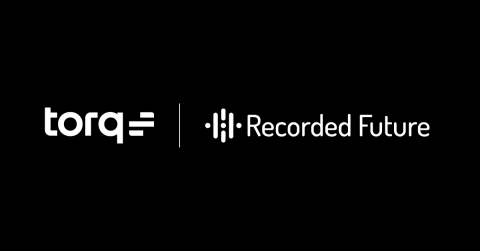Torq + Abnormal: Key Use Cases for More Secure Email
At Torq, we like to say “if it talks, we can connect to it.” Our limitless integrations are what set us apart from the pack. Our hyperautomation platform connects to any system seamlessly, no matter its complexity. It’s our open architecture that empowers this dramatic unification of your tech stack, and lets you maximize your security investment while enhancing efficiency and effectiveness of your security operations.











